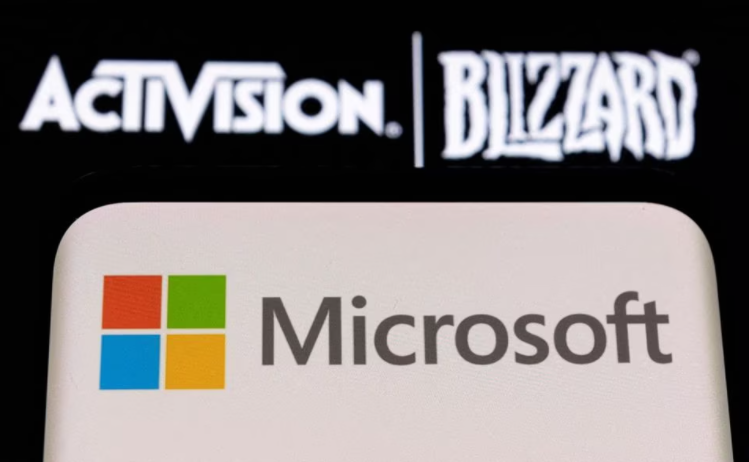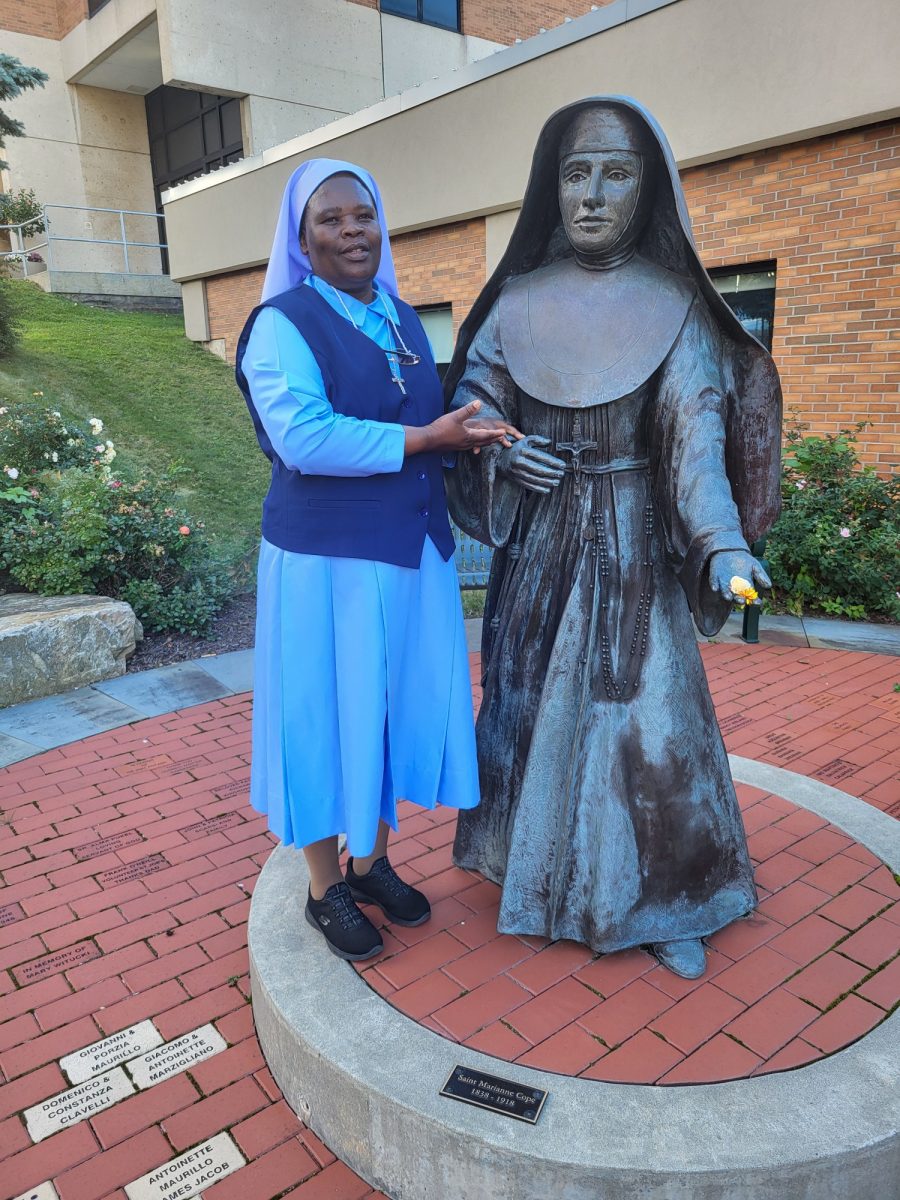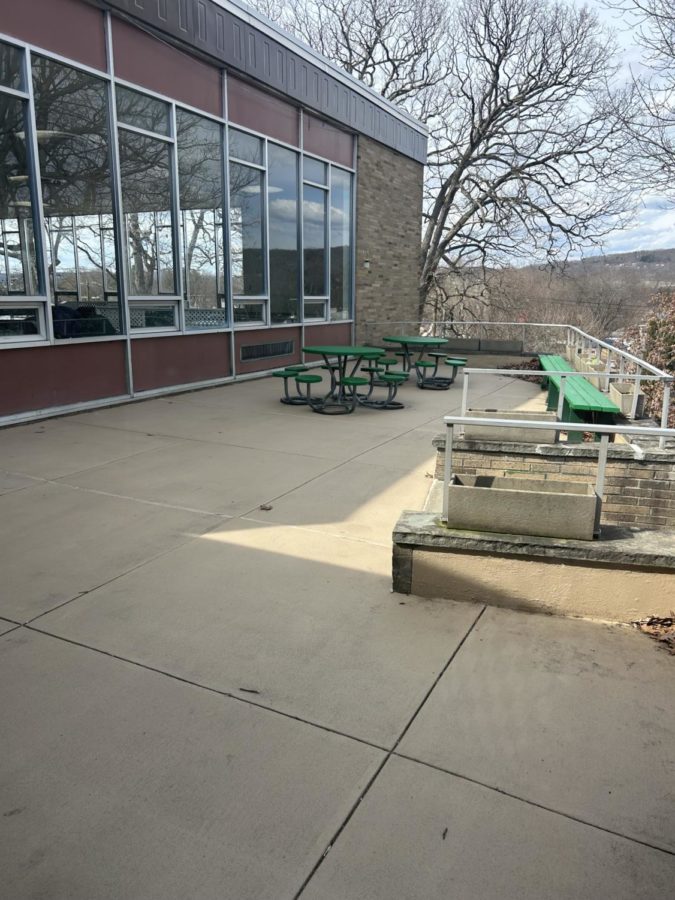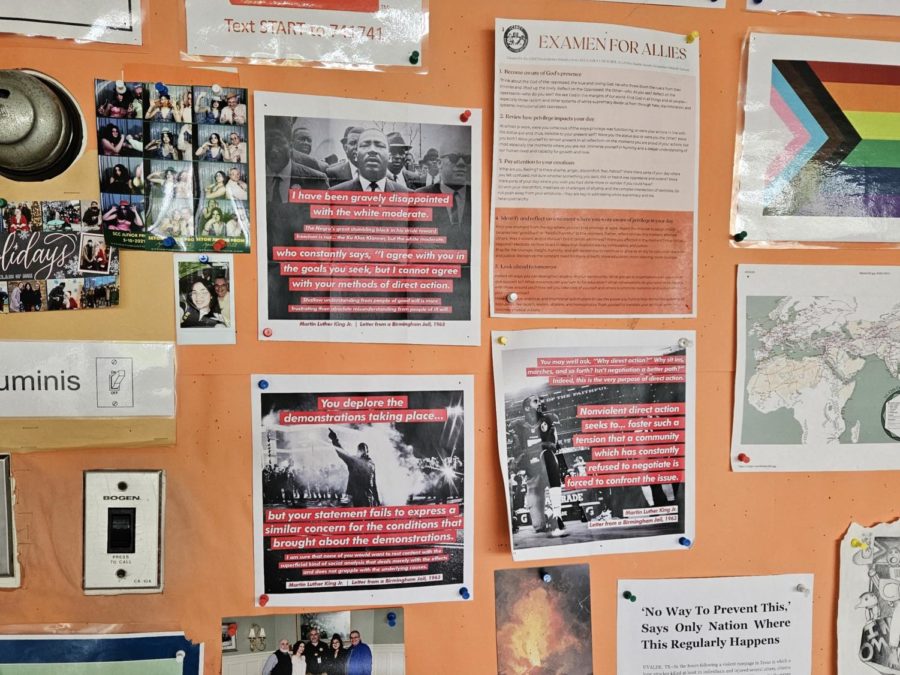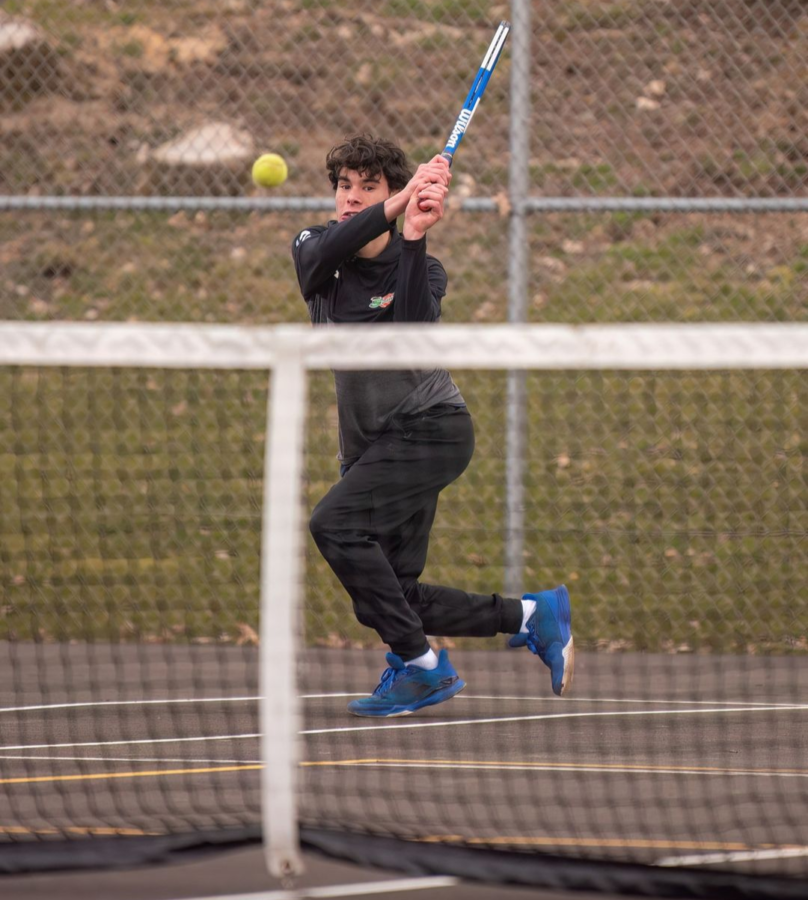Mental Health and Covid
June 2, 2022
Studies have shown that students’ mental health during Covid has gone down drastically. According to the CDC, 37% of students experienced regular mental health struggles during Covid. Specifically, within the past few months, mental health has been a major concern in our community as well. Two high school students in the past two months have committed suicide in the Southern Tier. We have to do something about this to prevent any more deaths of students in our community.
As a Seton community, we need to take action and follow these steps. First, we need to promote connection within our school. That means having more activities where groups of kids and teachers get to interact with groups that they usually wouldn’t. When talking about this issue, Mr. Van Vleck spoke about his previous school which had more “integration activities” where kids had to interact with others, and as a result, the kids that graduated didn’t have these cliques where some students would come in contact with others, they would hang around there the same group of friends all the time. We have something similar with House Olympics, but more activities would make the Seton Community feel more connected to others.
Other ways we can help the prevention of suicide in our community would be by teaching and informing students and teachers about different aspects of suicide and for example, teaching students how to cope with depression and other related health conditions that would trigger suicidal action. Also, informing teachers on different strategies to help alleviate suicidal situations. Another vital component would be informing students and families of safe ways to report messages about suicide and similar activities. A phone number to contact if you’re having suicidal thoughts is 1-800-273-8255. Students should always know that if they need assistance in school any trusted teacher or counselor will help with any situation they might have. These adults are trained professionals who specialize in knowing what to do with students with mental health issues.
Lastly, we should identify and support the most at-risk students as a school community. Most at-risk students include students who have had traumatic incidents in their life, regularly seem down and depressed and students that have harmed themselves before. In doing this, we would have treatment to prevent reattempts or preventing suicide in the first place. I also believe bringing in guest speakers to talk about mental health and how it can affect others people’s lives would be the connection that kids need to realize that they matter and no one should feel the need to resort to suicide.
Mental health in our community and around our state has declined during Covid. As a school community, we need to take action in and out of school to prevent any students from resorting to the worst.



![College of Community and Public Affairs graduates cheering during the CCPA Commencement Ceremony. [Via Daily Photos at binghamton.edu]](https://sccvoice.org/wp-content/uploads/2023/05/Screenshot-2023-05-16-10.50.55-PM.png)




